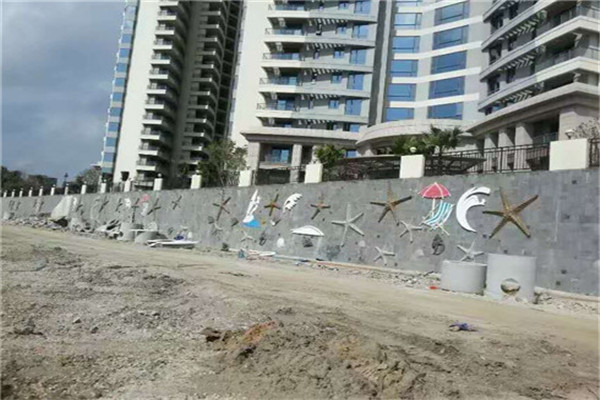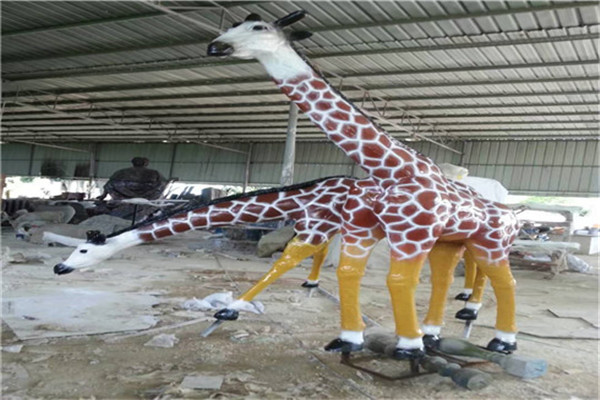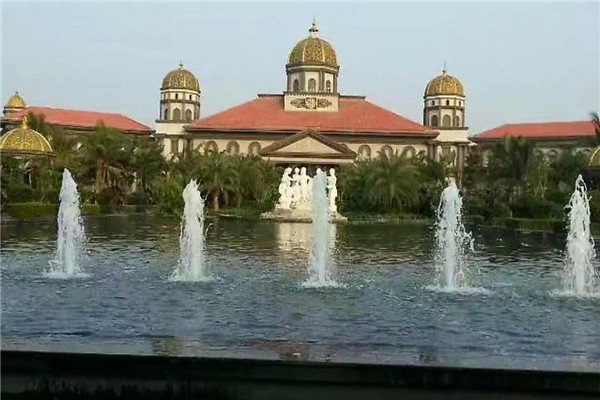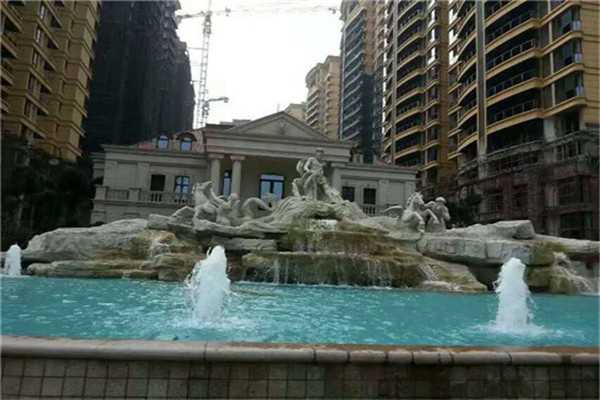
The types of stone inscription monuments include monuments, memorial monuments, merit monuments, temple monuments, Dianzi monuments, mausoleum monuments, etc. Except for a few wordless steles, they are generally literal steles. Usually, characters are carved on the body of the stele, and some are accompanied by carved patterns. The pedestal and cover of the stele are mostly carved with decorations, birds, animals, flowers, and mascots. The cover of the stele of the imperial family is also carved with dragons and phoenixes. Marble is the most commonly used stone for making the stele, and sandstone and granite are also commonly used. Some of the steles are huge, and some of them become a group of steles. Stone books are written with stone instead of paper, and carved instead of pen, which is very ingenious. There are many famous works of stone tablet processing and stone calligraphy carving. For example, "Xi'an Forest of Steles" includes more than 3000 historical steles from Han Dynasty to Qing Dynasty. It is the largest collection of stone books in China. Together with the "Forest of Steles in Hanlin" under construction in Kaifeng, it can be said that it is a sea of steles, and it is a collection of calligraphies of regular script, line, grass, seal script, clerical script and Wei style by famous calligraphers of all ages. In addition to large-scale carvings such as stele books and cliff carvings, there are also some stone carvings, such as mourning volumes in imperial tombs and modern fine carved small stone books, such as more than 100 mourning volumes of white marble excavated in the tomb of the prince of the Tang Dynasty, and six stone books of "Thirty six Strategies" carved in tile slate in modern Chengdu, a total of 26 pages and 1278 words, bound into a volume with eyeliner, each page is 2.2.6mm, which can be read.

The round sculpture is completely three-dimensional, and the audience can enjoy it from all directions. For example, from the front, we can see the image of holding one's head high, clenching one's teeth, glaring at the enemy and being invincible. On the side, the audience can only see the right hand and left hand clenching their fists, showing Liu Hulan's inner anger through gestures, as well as her desire to smash the old world and wipe out the enemy. The back is relatively simple, and only the hair and clothes lines intertwined by the wind can be seen. In this way, the audience can see all aspects of Hainan sculpture from all angles, thus forming the overall sense of artistic image. The undulation of body is the main means of expression of sculpture, just as words are to literature, and color is to painting. The sculptor can boldly exaggerate, choose and combine the ups and downs of the body according to the needs of the theme content, without being restricted by the normal. The ups and downs of the body are the broad stage on which sculptors can gallop.

Microcarvings pay special attention to the selection of materials. The stone material should be absolutely pure, and there should be no sand grid or half silk cracks, because half a sand dot may damage a fine picture or more than 10 Chinese characters. Secondly, the micro carving knife is also a special thin knife, which should be sharp and sharp. It is necessary to have a particularly proficient knowledge of calligraphy and traditional Chinese painting. When carving, "meaning carving" and "meaning carving" can be carried out. Hold your breath and concentrate on your thoughts on the spot. The knife should be stable, accurate and ruthless. The micro carved knife is just a pen. The skill is not enough. Because the knife is slightly out of control, it doesn't reach its purpose. The calligraphy effect must be paid attention to when matching the micro engraving inscriptions on the micro sculpture works. The creators should avoid the ugly appearance, the skew of characters, the uneven lines, the inaccuracy of paintings, and the imbalance of matching. We should grasp the artistic effect of the line changes produced by cutting tools and customized stones. Only in this way can calligraphy and knife techniques and strokes be perfectly unified.

Relief is a kind of sculpture. The sculptor carves the image he wants to shape on a flat plate, making it separate from the plane of the original material. Relief is the product of the combination of sculpture and painting. It deals with objects in a compressed way, and displays three-dimensional space by perspective and other factors. It is only for one side or two sides to see. The reliefs are usually attached to another plane, so they are used more in architecture and can be seen on utensils and implements. Due to its compression characteristics, it occupies less space, so it is suitable for decoration in a variety of environments. In recent years, it has played an increasingly important role in urban beautification. Jieyang Sculpture Design The relief is as rich and colorful as the round sculpture in content, form and material. The materials of relief include stone, wood, ivory and metal. The relief is a semi vertical sculpture whose image shape protrudes from the stone surface (as opposed to the relief). According to the different depth of stone removal in image modeling, it can be divided into low relief and high relief. The bas reliefs are single level statues with relatively simple contents; The high relief is a multi-level statue with complicated contents. high quality Sculpture Design The carving technique and expression style of relief are basically the same as those of round sculpture. Many ancient and modern large-scale memorial buildings, high-end mansions and private houses are equipped with such decorations. Their main works are wall blocks, flower windows, dragon columns (early) and column bases.




